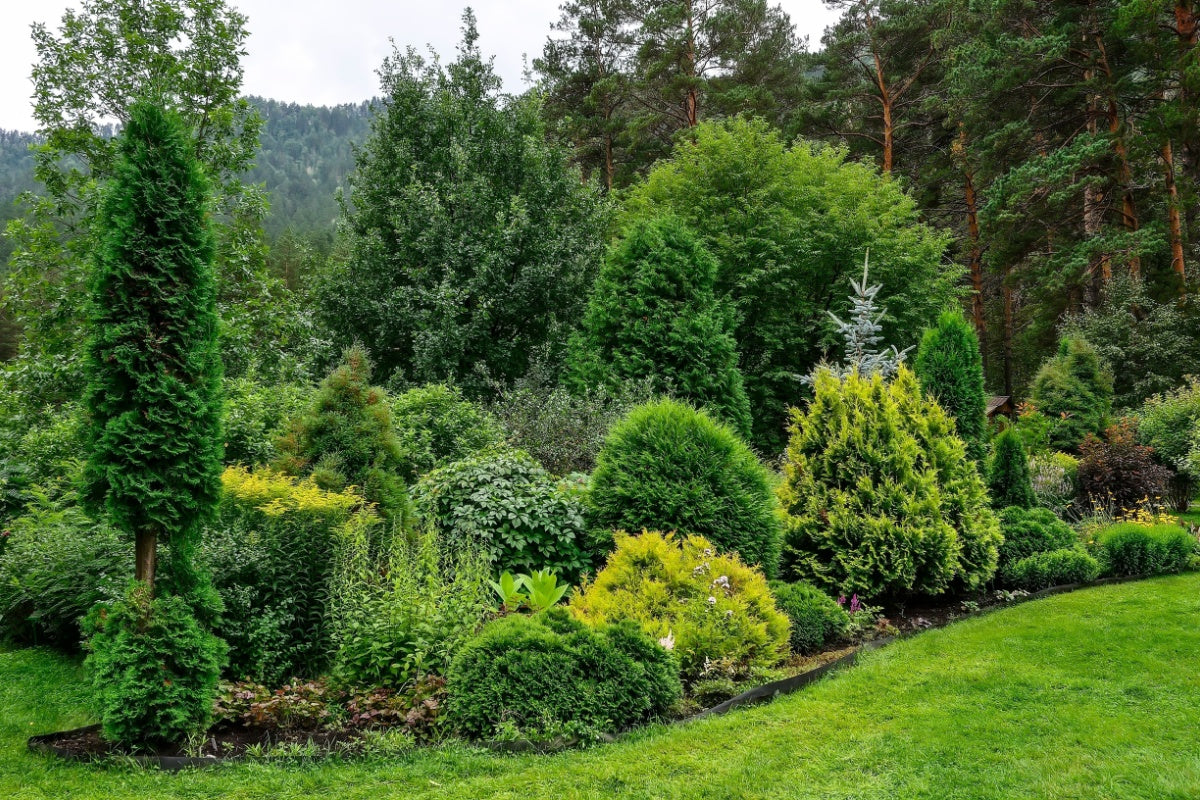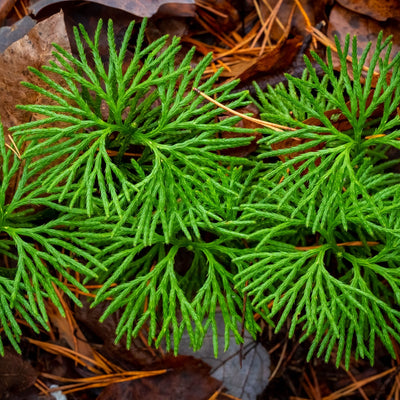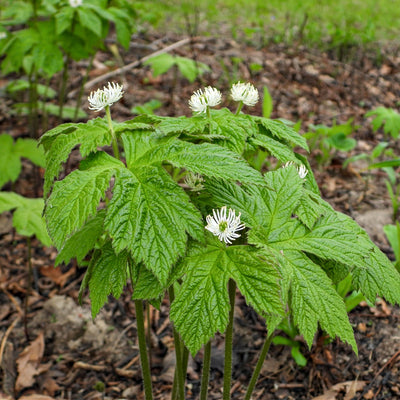One easy idea can help you make a garden that will last for a long time: plant native species. Native plants are what keep environments healthy because they provide beauty, diversity, and toughness that introduced species often don't. Not only do native garden plants make your landscape look better, they also help birds, pollinators, and other wildlife live and grow naturally.
We know at TN Nursery that gardens are live ecosystems and that picking the right plants is an important part of keeping the balance. Native plants like Running Cedar and Dutchman's Breeches can turn your yard into an eco-friendly haven that supports life all year. They provide lush greens and bright blooms.
Why Native Plants Are Essential for Your Garden
Native plants are types that have grown and changed naturally in a certain area, adjusting to the weather, soil, and animals that live there. Native plants are much more hardy than non-native ones because they are already in tune with their surroundings.
This is why it's so important to plant local plants:
- Water efficiency: Because they're used to the way it rains where they live, they need less watering.
- Easy to take care of: Native plants automatically fight off pests and diseases.
- Healthy soil: Their deep roots stop dirt from washing away and, over time, make the soil more stable.
Native plant landscaping helps your yard and the environment. You're also helping to keep the web of native plant connections alive, which is important for birds, insects, and soil organisms.
Top Native Plants to Include in Your Garden
Start with these species if you want to make a garden that is both aesthetically pleasing and good for the environment. Each plant brings wildlife to your garden and makes it look better while needing little care.
1. Running Cedar (Lycopodium digitatum)
This evergreen ground cover looks great in shady spots and grows well under trees. The Running Cedar does best in wet, well-drained soil and helps keep the ground from washing away. It is a great choice for ecosystem friendly plants because of its dense, mat-like growth, which offers a safe haven for bugs and other small animals.
2. Dutchman’s Breeches (Dicentra cucullaria)
Dutchman’s Breeches is one of the most charming native garden plants. Its flowers are small and white, shaped like pantaloons. It blooms in early spring and butterflies and bees come to pollinate it. This plant grows best in wooded areas or along shaded edges where the soil is rich and organic.
3. Goldenseal (Hydrastis canadensis)
People value goldenseal for both its health benefits and its environmental value. This plant is native to North America and helps keep forest soils stable. It also makes a good ground cover for shade. Adding Goldenseal to your garden helps pollinator populations and promotes natural biodiversity.
4. Milkweed (Asclepias spp.)
Milkweed is one of the most important native plants for pollinator protection because it is so important for monarch butterflies. During the summer, bees, butterflies, and hummingbirds come to its flowers to feed on the juice.
5. Black-Eyed Susan (Rudbeckia hirta)
This happy yellow annual makes any garden look better and attracts bees and butterflies. For balanced native plant landscaping, it also looks great with native grasses and ferns.
How Native Plants Support Local Wildlife
No matter how big or small your yard is, they can all help protect biodiversity. You can help keep food chains and shelter running for wildlife by planting native garden plants.
- Pollinators: Native flowers bloom at the right times so that bees and butterflies can consume them.
- Birds: Many birds eat insects and plants that are endemic to the area.
- Soil organisms: Fungi and microorganisms like to grow around native roots, which makes the soil better on its own.
Native plant connections are made up of these interconnected relationships, which are advantageous to all living things, from small bugs to big animals. You are helping nature preserve its rhythm when you grow plants that are excellent for the environment without using chemicals like pesticides or fertilizers.
Tips for Successful Native Plant Landscaping
To get the most out of your native plant landscaping, make sure the flow looks like it does in nature. Here are some helpful hints:
- Group by habitat: Sort plants by where they live and put together types that need the same amount of water and sunlight.
- Use layers: For a natural, well-balanced look, mix tall wildflowers, medium-sized trees, and low ground covers.
- Keep exotic species away: Non-native invading species can suffocate native species and mess up local ecosystems.
- Provide shelter: Put down logs, leaf litter, or small piles of rocks to make places for bugs and other small animals to live.
- Think about all four seasons: pick plants that bloom or look nice at different times of the year.
By planning your garden in this way, you make a safe place for wildlife to live and enjoy a colourful, low-maintenance outdoor area.
Why Native Plant Connections Matter
For native plant connections to be beautiful, plants and their surroundings must work together. When you put native plants in your garden, it turns into a living system where everything works together for the benefit of all living things, from soil microbes to birds and pollinators.
Native plants like Running Cedar, Dutchman's Breeches, and Goldenseal are excellent examples of ecosystem friendly plants that help maintain this equilibrium. They keep wildlife alive, keep the soil stable, and keep your garden looking beautiful with little work.
Every garden that uses native plants helps to bring back the variety of life in the area. Your green area can make a difference whether you live in the city or the country.
FAQs
What are native plants and why are they important?
Native plants are types that grow naturally in a certain area and have adapted to the weather and animals that live there. They need less upkeep and help the wildlife in the area.
How do native plant connections benefit local ecosystems?
They give pollinators, birds, and soil organisms food and a place to live, which supports biodiversity and natural order.
Can I grow native plants in any garden soil?
Yes, most local species can adapt, but adding compost to the soil helps plants grow in a healthy way.
What are the best native plants for pollinators?
Milkweed, Black-Eyed Susan, and Dutchman's Breeches are all great plants for pollinators.
How do I plan a garden using native plant landscaping?
Put plants together based on how much water and sunlight they need, use layers to add structure, and focus on natural plants from the area that you can get at TN Nursery.



